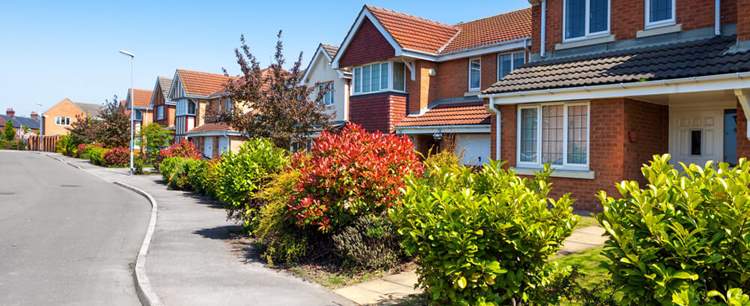It’s so hot it’s over-heated. The property market continues to ride a tidal wave of activity, with further transactions still in the pipeline – even though the government has turned its nose up at the prospect of maintaining a permanent holiday on Stamp Duty.
It is not all good news, of course, with a discouraging number of homes unable to meet basic energy efficiency standards and second home ownership turning some villages into occasional dormitory settlements. Here’s a round-up of the latest property news …
1.7m homes unable to improve energy efficiency to C rating
It was World Environment Day on 5th June, yet some 1.7 million homes in England and Wales will not be able to meet the minimum energy efficiency targets by 2035, online listings website Rightmove revealed recently.
In a nationwide survey of more than 15 million homes in England and Wales, a total of 1.7m of them remain stuck with an Energy Efficiency Rating of D or E and are unable to achieve the C rating considered to be the minimum standard for any modern housing.
Failures to meet basic Energy Performance Certificate (EPC) ratings are not confined to one region especially more than another – although Gwynedd in Wales currently has the highest proportion of homes rated as either D or E, for example. The second-highest incidence of poor EPC ratings is found in Castle Point in Essex.
On the other hand, the London boroughs of Tower Hamlets, Hackney, and Southwark all rank among the regions where the proportion of those homes failing to meet a minimum C EPC rating is the lowest.
Although a significant 59% – or nearly six in every ten – of homes in England and Wales currently fail to meet an EPC rated at C or above, relatively simple and straightforward improvements can be made which would reduce this proportion to 11%).
Rightmove goes on to identify those improvements which include:
- insulation of the home’s hot water cylinder;
- the use of low energy lighting throughout the home;
- draughtproofing single glazed windows;
- increasing loft insulation; and
- upgrading the home’s heating controls.
Biggest house sales pipeline in a decade in “red hot” property market
The headlong rush to beat the revised Stamp Duty deadline at the end of June has resulted in a record number of property transactions to be waiting in the pipeline, according to a story posted on the Yahoo Finance pages this week.
Some 704,000 homes are currently subject to conveyance and a further 700,000 have been designated “Sold – Subject to Contract”, awaiting completion of the sales transaction. These numbers represent a record volume of pending property transactions in the past decade and are 78% higher than in May 2019.
Although there is currently a rush to beat the Stamp Duty holiday deadline, only 4% of prospective buyers said they would shelve their plans to purchase if they failed to meet that due date.
Stamp duty: government rejects calls to permanently reform the tax
The Stamp Duty holiday has been universally popular among homeowners – not least because of the way it has fuelled the current surge in house prices.
An enquiry by the Treasury Committee into the tax – Stamp Duty Land Tax (SDLT), to give it its formal title – has also concluded that, in its present incarnation, it is an inefficient and economically damaging tax adversely affecting homebuyers.
Nevertheless, in an announcement on the 2nd of June, the government flatly rejected the idea of permanently abolishing SDLT, insisting that it remains an important and valuable source of Treasury revenue, according to a report by the Buy Association of the 4th of June.
The village with more holiday homes than residents
The downside to the recent surge in popularity of staycations and the ownership of second homes has become more than apparent in a small Pembrokeshire village, according to a story by the BBC on the 2nd of June.
In the village of Cwm-yr-Eglwys in this southwestern corner of Wales, only two of the village’s 50 homes are occupied by permanent residents. The remainder are second homes and holiday homes let to visiting holidaymakers.
A third home that was until recently occupied by a local resident is now on the market for sale at more than £1m – well beyond the price range of those who want to live permanently in the village.
Cwm-yr-Eglwys is a long-established community of fishermen and farmers who lived in the village and the areas surrounding this part of the Pembrokeshire coast. To the alarm of the few remaining locals, the days of any such sense of community are numbered says the BBC.







